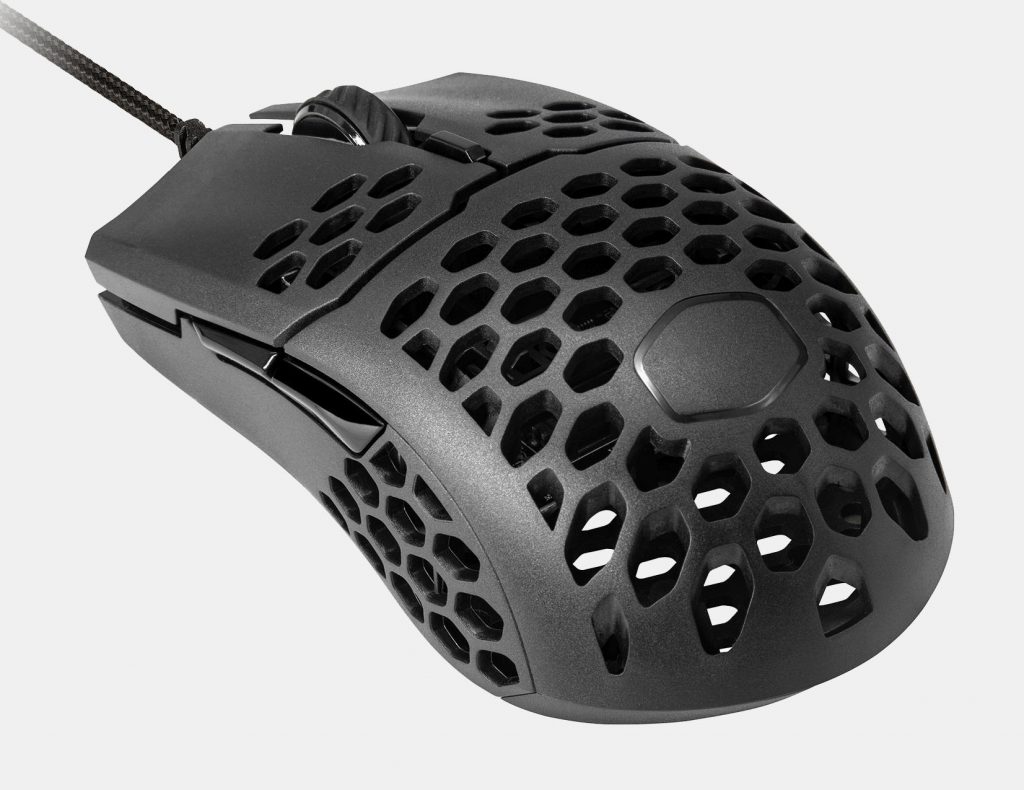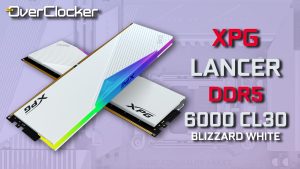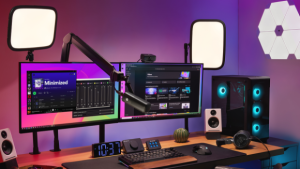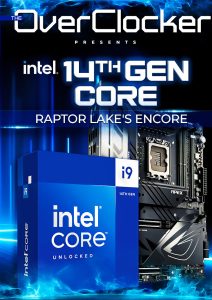Cooler Master MM710 Gaming Mouse Review
WEB: Cooler Master MM710 MSRP: US $49.99 | ZAR 699 | AUTHOR: Jonathan Horne

The latest trend in mouses is an ultra-low weight, with multiple manufacturers releasing their vision of a lightweight peripheral. These devices feature some very unique designs, with the likes of drilled shells to save every gram possible. This type of design was first seen about half a decade ago with the ThermalTake Ventus. However, it has only recently become mainstream. Cooler Master is one of the manufacturers pushing lightweight mice, and today we take a look at the Cooler Master MM710.
It might not be the lightest around, but the MM710 is the first to be made by a large vendor. With the resources Cooler Master has available, we have high hopes for the MM710. Research and development, tooling and manufacturing take a large amount of money, and the more you have, the better the product you can develop. At least that’s the theory. We will need to dive deeper to see what makes the Cooler Master MM710 tick.
| Cooler Master MM710 Specifications | |
| Product Number | MM-710-KKOL1, MM-710-KKOL2, MM-710-WWOL1, MM-710-WWOL2 |
| Grip Type | Palm, Claw, Fingertip |
| Material | ABS Plastic |
| Colour | Black, White |
| Surface Treatment | Matte, Glossy |
| LEDs | N/A |
| Sensor | PixArt PMW3389 |
| Sensor Type | Optical |
| DPI | 7 Levels (400, 800, 1200, 1600, 3200, 6400, 16000) |
| Tracking Speed | 400 ips |
| Polling Rate | 1000Hz |
| Angle Snapping | N/A |
| Acceleration | 50g |
| Processor | 32 bit ARM Cortex M0+ |
| Onboard Memory | 512 KB |
| Lifespan (L/R Switches) | OMRON, 20 million |
| Buttons | 6 |
| Cable Length | Fixed Ultraweave cable, 1.8m |
| Dimensions | 116.6 x 62.6 x 38.3 mm (L*W*H) |
| Weight | <53g / 0.117lbs (Without USB Cable) |
| Warranty | 2 Years |
Specifications In-Depth
The four available models translate to either black or white, with either a matte or glossy finish. The Cooler Master MM710 we’re looking at today is black with a matte finish. It uses the PixArt PMW3389 optical sensor, which has adjustable polling rates of between 125 and 1,000 Hz. This gives the mouse a response time of 8, 4, 2, or 1 ms. Furthermore, the CPI is adjustable between 200 and 16,000 CPI in 100 CPI increments, with 16,200 to 32,000 CPI in 200 CPI increments. Whether the high end is of any practical use is questionable, but support is there. However, it should be noted that the maximum CPI of the sensor is 16,000 CPI. The higher figures are achieved using automatic interpolation through software, which explains the 200 CPI increments on the high end. Lastly, the primary buttons use Omron D2FC-F-7N switches rated at 20 million clicks each.







